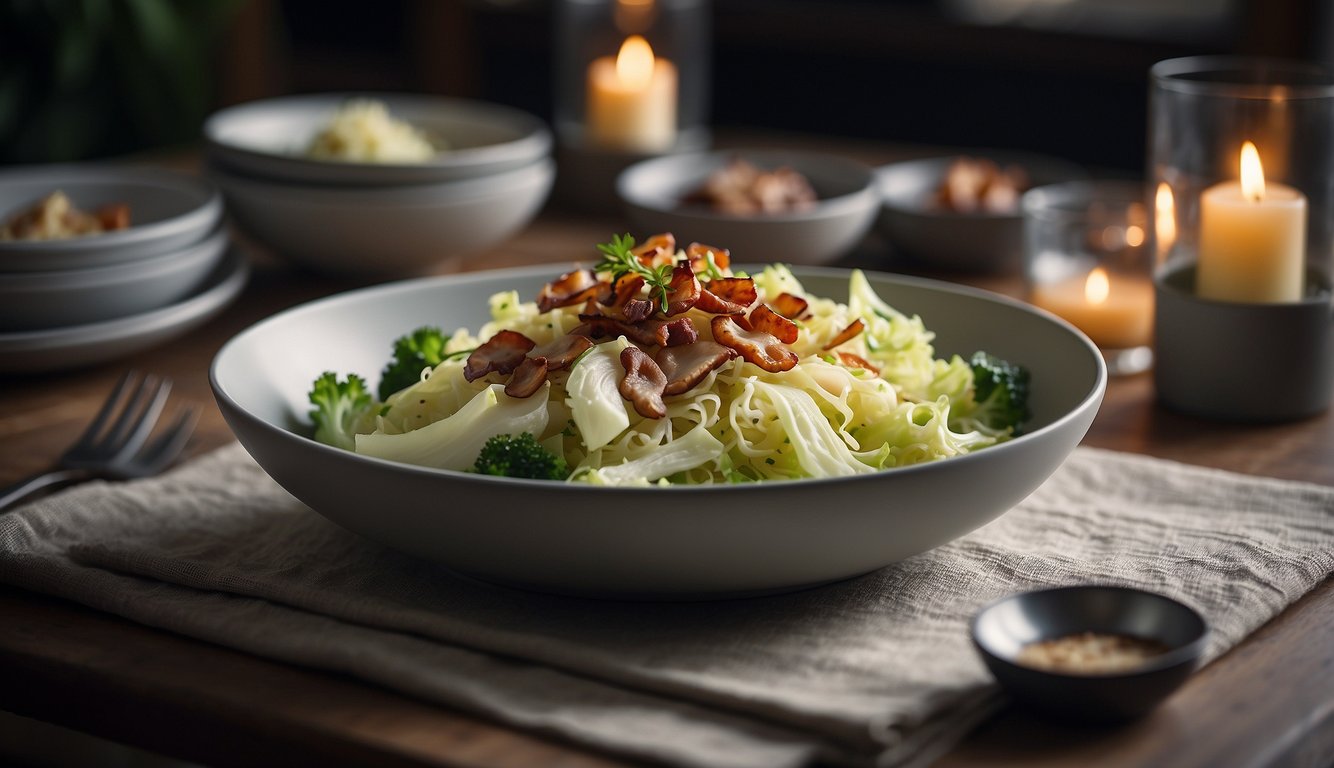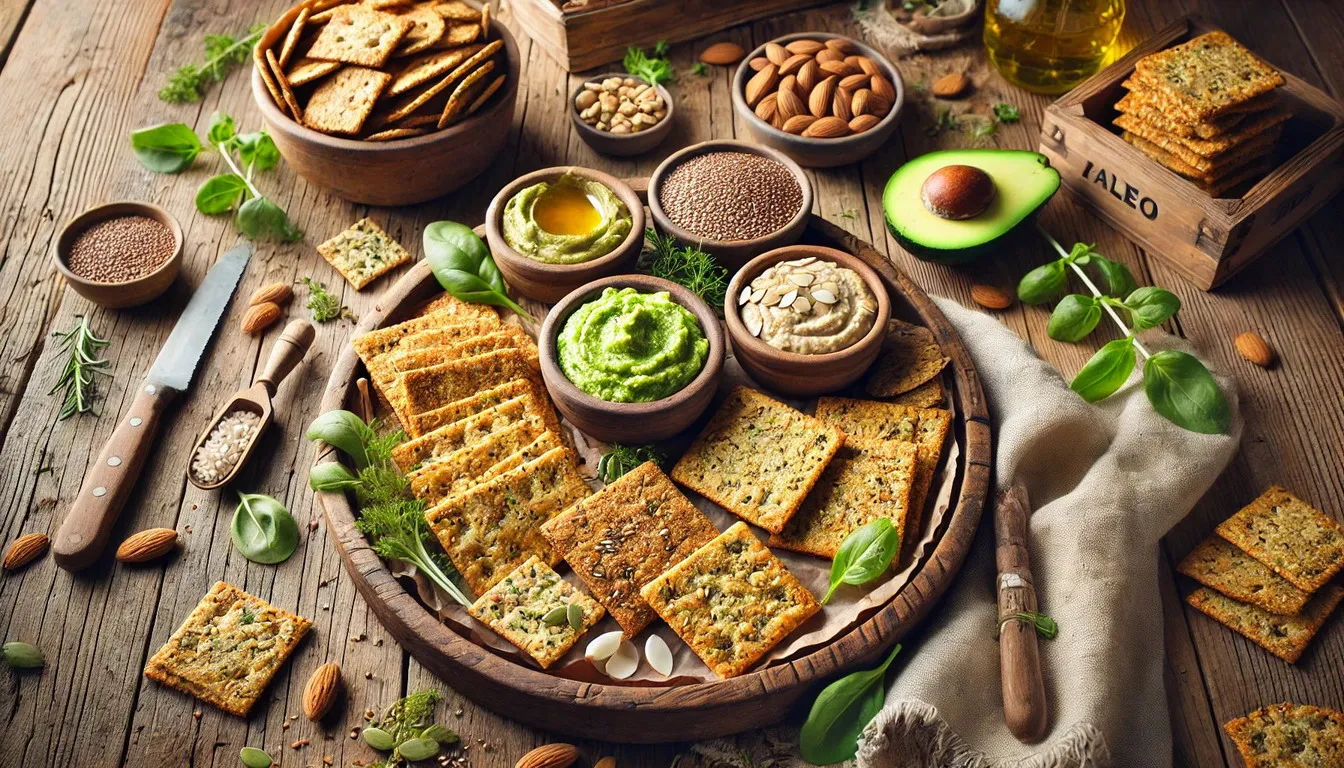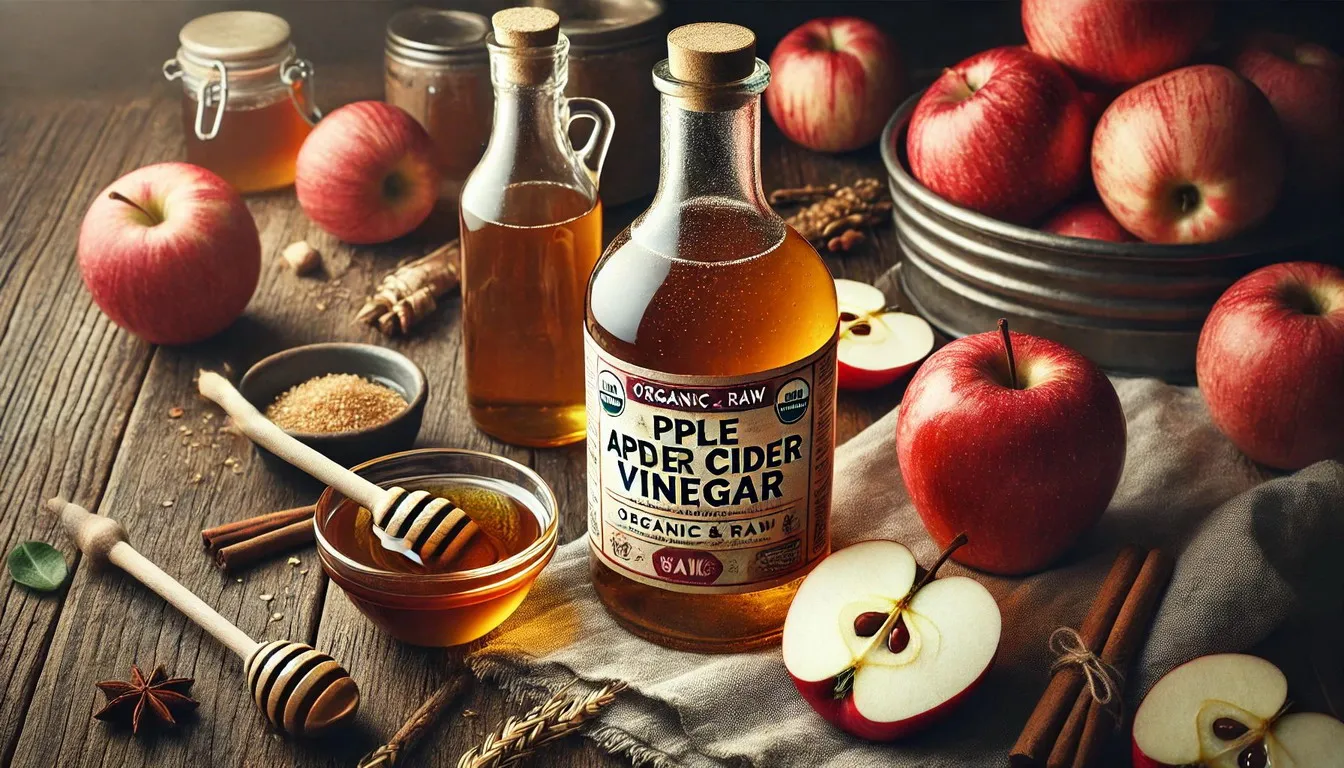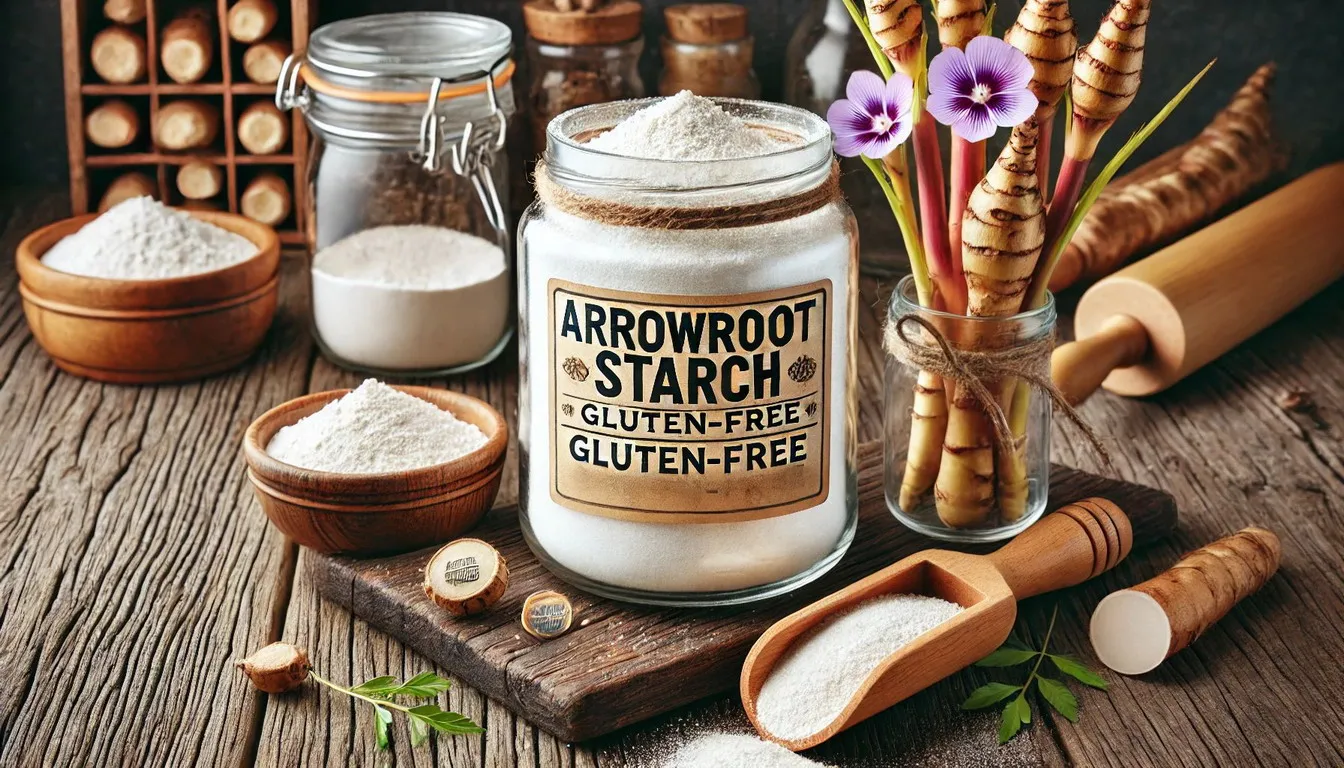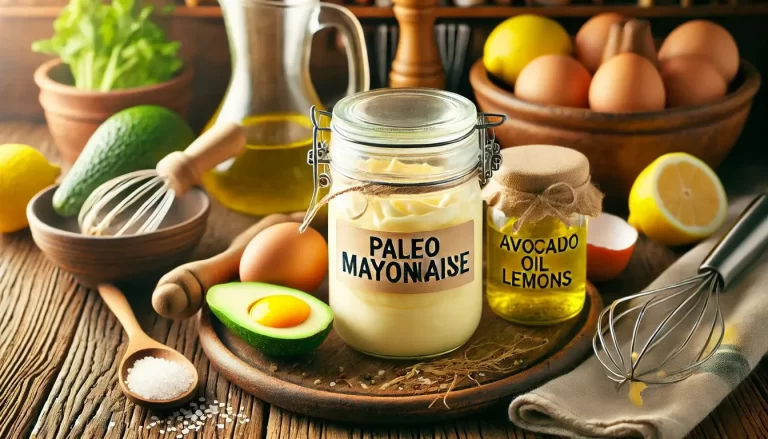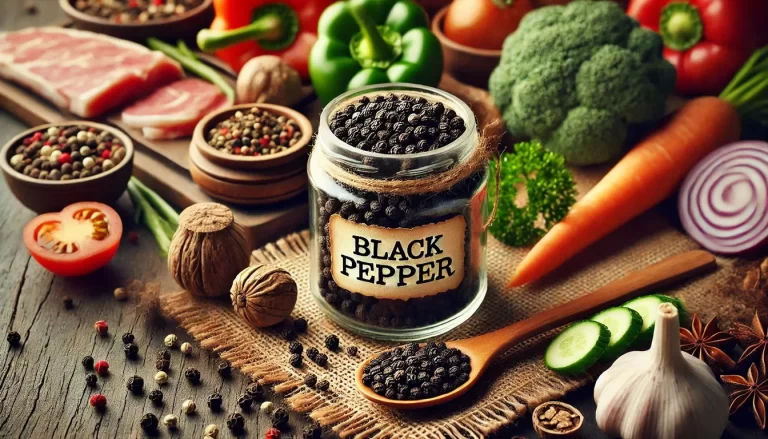The Paleo diet, inspired by the eating habits of our hunter-gatherer ancestors, emphasizes whole, unprocessed foods. It encourages the consumption of fruits, vegetables, lean meats, fish, nuts, and seeds while excluding grains, legumes, dairy, and processed foods. One vegetable that fits perfectly into this dietary framework is Napa cabbage. Known for its crisp texture and mild flavor, Napa cabbage is not only versatile but also packed with nutrients. This article explores the benefits of Napa cabbage, its compatibility with the Paleo diet, and offers a variety of delicious recipes.
Nutritional Benefits of Napa Cabbage
Napa cabbage, also known as Chinese cabbage, is a nutritional powerhouse. It is rich in essential vitamins and minerals, making it an excellent addition to any diet, especially Paleo.
- Vitamins and Minerals: Napa cabbage is an excellent source of Vitamin C, which supports immune health, and Vitamin K, which is crucial for bone health. It also contains folate, an important B vitamin for DNA synthesis and repair.
- Low in Calories, High in Fiber: With its low-calorie count, Napa cabbage is perfect for those looking to manage their weight. Its high fiber content aids in digestion and promotes a feeling of fullness, helping to curb overeating.
- Antioxidant Properties: Napa cabbage contains antioxidants like beta-carotene and flavonoids, which help combat oxidative stress and reduce the risk of chronic diseases.
- Health Benefits: Regular consumption of Napa cabbage can aid in digestive health due to its fiber content, support the immune system, and provide anti-inflammatory benefits.
Why Napa Cabbage Fits the Paleo Diet
The Paleo diet focuses on natural, nutrient-dense foods, and Napa cabbage fits this description perfectly. Unlike some other cabbages and vegetables, Napa cabbage is less likely to cause digestive discomfort, making it suitable for those with sensitive stomachs.
- Whole Food: Napa cabbage is a whole, unprocessed food, aligning with the core principles of the Paleo diet.
- Nutrient-Dense: It provides essential vitamins and minerals without the excess calories, making it a smart choice for those looking to maximize their nutrient intake.
- Versatility: Napa cabbage can be eaten raw, steamed, stir-fried, or fermented, offering a variety of preparation methods that keep meals interesting and nutritious.
Delicious Paleo Recipes Featuring Napa Cabbage
To showcase the versatility and nutritional benefits of Napa cabbage, here are some delicious Paleo-friendly recipes:
1. Paleo Napa Cabbage Stir-Fry
Ingredients:
- 1 head Napa cabbage, chopped
- 1 lb. grass-fed beef or chicken, sliced thin
- 2 cloves garlic, minced
- 1 thumb-sized piece of ginger, grated
- 2 tablespoons coconut aminos
- 1 tablespoon coconut oil
- Sea salt and pepper to taste
Preparation:
- Heat coconut oil in a large skillet over medium heat.
- Add garlic and ginger, sauté until fragrant.
- Add the beef or chicken and cook until browned.
- Add chopped Napa cabbage and stir-fry until wilted but still crisp.
- Add coconut aminos, salt, and pepper to taste. Stir well and serve hot.
2. Napa Cabbage and Chicken Soup
Ingredients:
- 1 head Napa cabbage, shredded
- 2 chicken breasts, diced
- 4 cups chicken broth
- 2 carrots, sliced
- 1 onion, chopped
- 2 cloves garlic, minced
- 1 tablespoon olive oil
- Sea salt and pepper to taste
Preparation:
- Heat olive oil in a large pot over medium heat.
- Add garlic and onion, sauté until translucent.
- Add diced chicken and cook until no longer pink.
- Add carrots and chicken broth, bring to a boil.
- Reduce heat, add shredded Napa cabbage, and simmer for 10-15 minutes.
- Season with salt and pepper to taste. Serve hot.
3. Napa Cabbage and Avocado Salad
Ingredients:
- 1 head Napa cabbage, finely shredded
- 2 avocados, diced
- 1 cucumber, sliced
- 1 red bell pepper, diced
- 1/4 cup olive oil
- Juice of 1 lemon
- Sea salt and pepper to taste
Preparation:
- In a large bowl, combine Napa cabbage, avocados, cucumber, and red bell pepper.
- In a small bowl, whisk together olive oil, lemon juice, salt, and pepper.
- Pour the dressing over the salad and toss to coat. Serve immediately.
4. Napa Cabbage Wraps with Ground Turkey
Ingredients:
- 1 head Napa cabbage, leaves separated
- 1 lb. ground turkey
- 1 onion, chopped
- 2 cloves garlic, minced
- 1 carrot, grated
- 2 tablespoons coconut aminos
- 1 tablespoon sesame oil
- Sea salt and pepper to taste
Preparation:
- Heat sesame oil in a skillet over medium heat.
- Add garlic and onion, sauté until soft.
- Add ground turkey and cook until browned.
- Add grated carrot and coconut aminos, stirring well.
- Season with salt and pepper to taste.
- Spoon the mixture onto Napa cabbage leaves and roll up. Serve immediately.
Tips for Cooking and Storing Napa Cabbage
Selecting Fresh Napa Cabbage: Choose Napa cabbage with firm, crisp leaves and no signs of wilting or discoloration. The head should feel heavy for its size.
Proper Storage Techniques: Store Napa cabbage in the refrigerator, wrapped in a damp paper towel and placed in a plastic bag. This helps maintain its freshness for up to a week.
Cooking Methods: To preserve nutrients, opt for steaming, stir-frying, or eating Napa cabbage raw. Avoid overcooking, as this can lead to nutrient loss and a mushy texture.
Common Mistakes to Avoid:
- Overcooking: This can result in a loss of nutrients and an undesirable texture.
- Using too much seasoning: Napa cabbage has a delicate flavor that can be easily overwhelmed. Use light seasoning to complement its natural taste.
Frequently Asked Questions
Is Napa cabbage keto-friendly? Yes, Napa cabbage is keto-friendly. It is low in carbohydrates and high in fiber, making it suitable for a ketogenic diet.
Can I eat Napa cabbage raw on a Paleo diet? Absolutely. Napa cabbage can be eaten raw in salads and slaws, offering a crisp texture and mild flavor that pairs well with various dressings and ingredients.
What are some substitutes for Napa cabbage in Paleo recipes? Substitutes for Napa cabbage include other types of cabbage (such as Savoy or green cabbage), bok choy, or even collard greens. Each of these offers a slightly different texture and flavor but can work well in similar recipes.
Napa cabbage is a versatile, nutrient-dense vegetable that fits perfectly into the Paleo diet. Its mild flavor and crisp texture make it a delightful addition to a variety of dishes, from stir-fries to salads and soups. By incorporating Napa cabbage into your meals, you can enjoy its numerous health benefits while adhering to Paleo principles.
We encourage you to try the provided recipes and explore the delicious possibilities of Napa cabbage in your Paleo diet. Share your own recipes and experiences in the comments below, and don’t forget to subscribe to our newsletter for more Paleo tips and recipes.
Additional Resources
For those looking to deepen their understanding of the Paleo diet and its benefits, consider exploring the following resources:
- Paleo Diet Explained
- Top 10 Paleo-Friendly Vegetables
- Paleo Cookbook Recommendations
By embracing Napa cabbage and other nutrient-dense foods, you can enjoy a healthy, balanced diet that supports your overall well-being.

